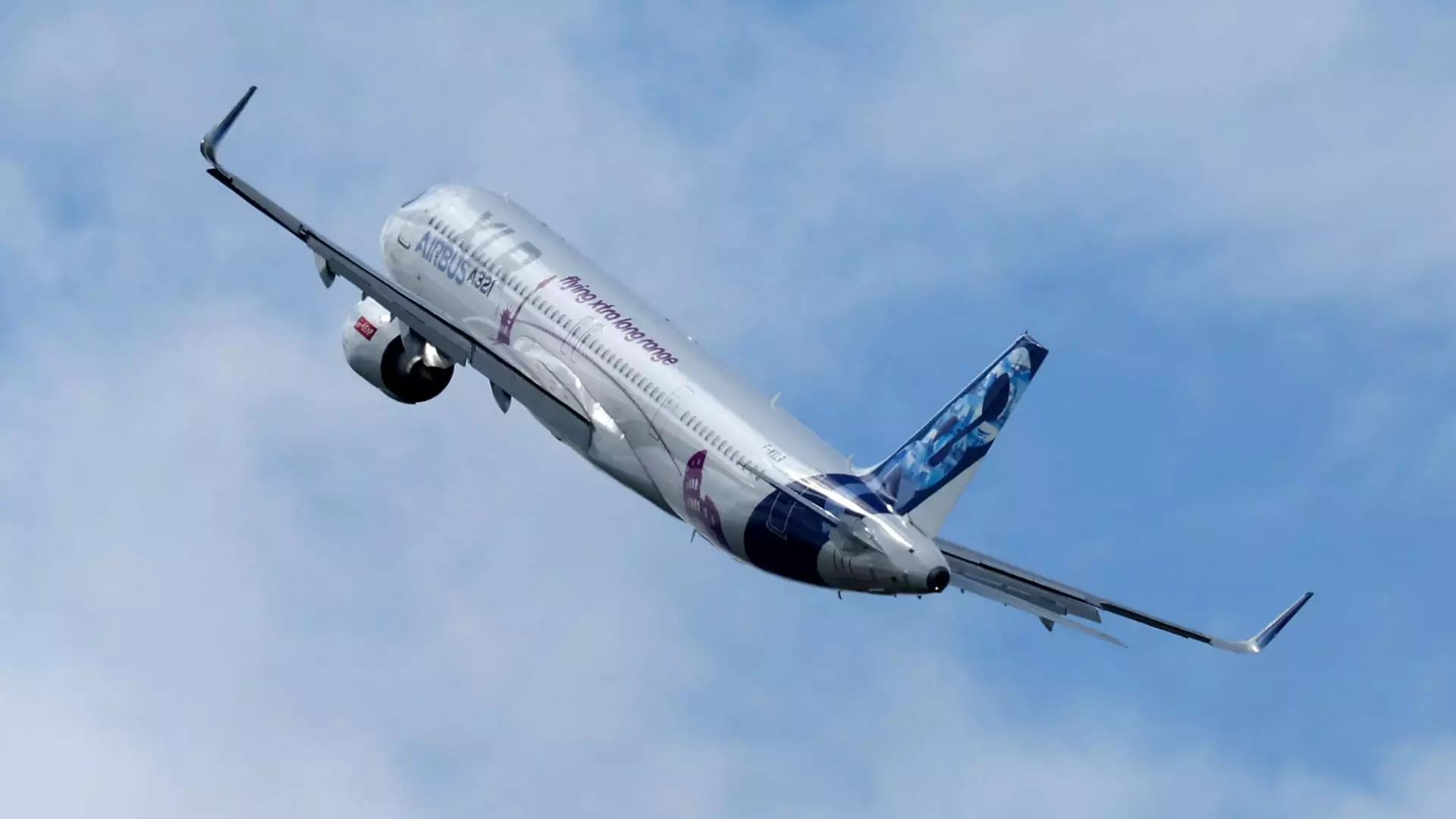The aviation industry has been facing significant challenges in airplane production post-pandemic. With massive airplane orders missing from this year’s biggest air show, both Boeing and Airbus are struggling to ramp up production while dealing with the aftermath of the pandemic. Issues such as training new workers and ensuring timely commitments have been highlighted as major obstacles that will take years to resolve. This has resulted in a shortage of new, more fuel-efficient planes, leading to headaches for airlines, suppliers, and manufacturers.
A roadmap of the next few months of production is eagerly awaited, as both Airbus and Boeing are set to report quarterly results. Wall Street analysts predict that Boeing may post another loss for the second quarter, while Airbus has already cut its delivery targets for the year. The lackluster performance at the recent air show further underscores the challenges faced by both manufacturers in keeping up with production demands.
The muted order tally at the air show is indicative of the fact that both Boeing and Airbus are struggling to meet demand, especially for narrow-body jets like the Boeing 737 Max and Airbus A321neo. With backlogs of thousands of planes, airlines are left waiting for new deliveries to fulfill their requirements. The absence of significant orders at the air show highlights the pressing need for both manufacturers to address production issues and streamline their processes.
Shortages in critical components, ranging from landing gear to engine components and complex cabin interiors, have further exacerbated production delays. Airbus has taken a more hands-on approach by deploying additional supply chain engineers to work closely with suppliers and address bottlenecks. Meanwhile, Boeing is grappling with safety concerns and manufacturing defects that have hampered output, in addition to a loss of skilled workers during the pandemic.
One of the key challenges faced by both manufacturers is the need to train new workers to replace those who were either let go or opted for early retirement during the pandemic. This process is time-consuming and requires significant investment to ensure that workers are adequately skilled to meet production demands. Lower wages and a lack of attractiveness in the industry have been identified as key factors that need to be addressed to attract and retain talent in the aerospace sector.
The challenges faced by Boeing and Airbus in post-pandemic airplane production are multifaceted and complex. From supply chain strains to training new workers, the industry is grappling with a range of issues that will take time to resolve. Both manufacturers must work diligently to address these challenges and ensure that they can meet demand for new aircraft in a timely and efficient manner. By investing in training and streamlining production processes, Boeing and Airbus can overcome these obstacles and secure a brighter future for the aviation industry.

